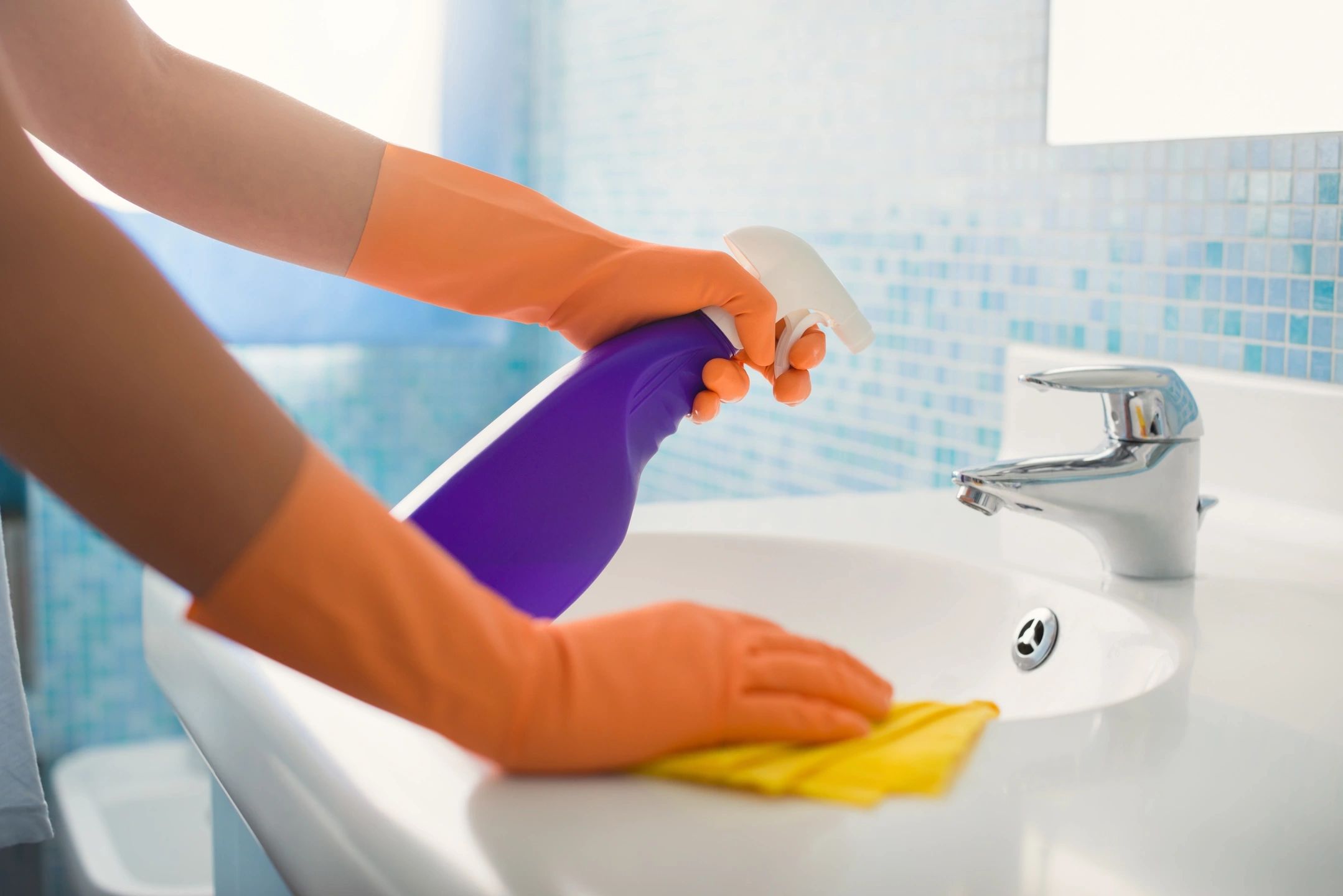Bleach: Things to Know Before Using it to Disinfect Your Home

The news of a global virus outbreak had every household on their toes, exerting all efforts to disinfect their homes. You may have also been struck with this kind of paranoia thinking that this invisible enemy may just be lurking around your home. If you observe too, there also was a sudden surge of demand for disinfecting solutions, tools and gadgets. There are UV light-based devices that promised a thorough disinfecting of your things at home. There are also professional disinfecting service companies that offer cleaning and remediation services to help lessen any chances of infection.
These devices and services though don’t come cheap – the more creative the product and the more thorough the service, the higher the cost. But, this shouldn’t dampen your spirit in wanting to keep your home virus-free. A solution that can do disinfecting wonders without the exorbitant cost may just be right under your nose.
We are talking about the simple and less expensive solution – Bleach.
Bleach – a staple in every home?
There are households that do not have bleach on hand. It is just seen as a way to remove tough stains on white clothing, which a lot of detergents already guarantee that they can do. Others also do not like the pungent bleach odor that can sometimes cause headaches and nausea. The smell also reminds one of the hospital or a morgue. They would rather opt for other cleaning solutions that do not have that strong odor.
One of the common reasons too, why people refuse to use bleach is its being corrosive to the skin, eyes, and lungs and how it can burn human tissues as well. There is that fear of not being able to use it more cautiously and thus, pose a danger to the user. However, if you know how to use bleach correctly, you will certainly be able to cover more ground in disinfecting your home without breaking the bank.
Things to remember when using bleach
You would probably think that there is no rocket science behind using bleach. Yes, it is simple but there are things that you need to remember before opening the cap off that bleach gallon. Remember, bleach is a mixture of chemicals and thus should be used with much caution. Here are the things that you need to know and remember when using this disinfecting wonder:
Check the label
Do not be deceived by the big brand name and a sub-name on the bottle or gallon. Not all bleach are created the same. There are bleach products that go as scented or thick. And, your tendency is to get them as they will dispel all the things that you don’t like in bleach. But, they contain more harmful additives. It is best then to check the label to know if the bleach you grabbed is for disinfecting. An Environmental Protection Agency (EPA) Registration number at the back label will help tell you that it is for disinfecting.
Bleach is not a cleanser but a disinfectant
This is a misnomer that people often make. Bleach is more of a disinfectant than a cleanser. It does not carry with it the same guarantee of cleaning solutions that they can clean dirt or remove surface stains. You must first go over a surface with the usual cleaning solution or a regular soap and water solution, scrub then rinse. After, wipe down the surface with the bleach solution. The bleach solution then will do its job of disinfecting the surface after being cleaned.
Dilute bleach with water and with water only
Safe cleaning with bleach will require it to be diluted with water. You must not mix it with other cleaning solutions nor with other household items such as vinegar or ammonia. This can create a type of gas that can be harmful to you if inhaled. This goes the same when mixing bleach with very hot water. You could also be releasing harmful gases when you do. To be more on the side of caution, you must read the instructions that come with the product.
Keep the correct dilution of bleach and water
The recommended dilution of bleach can vary depending on the consistency and concentration of the bleach product. However, the CDC or Centers for Disease Control and Prevention recommends a solution of 5 tablespoons or 1/3 cup of bleach per gallon of water. The best way to know the correct dilution of bleach – check the label.
Wear gloves when handling bleach
This is a no-brainer as to why wearing gloves is a must when using bleach to clean. As discussed prior, bleach is corrosive and is an irritant. It can burn your skin and other tissues when they come in direct contact. If you do not want to risk getting your skin burned and end up with rough, irritated skin, do not skip wearing gloves.
Know the Contact Time
There is a period we call the Contact Time or Dwell Time when applying a bleach solution to a surface. This refers to the length of time it takes for the bleach solution to come in contact with the surface to disinfect. This also differs depending on the type of surface, its use and how contaminated you feel it is. You cannot effectively disinfect when you immediately wipe down or rinse the surface.
Bleach has a shorter shelf-life
You cannot store bleach for the long-term, much less for the bleach solution. It is said that its shelf-life only extends to about a year. For a bleach solution or dilution, it cannot be rendered effective when stored. It has to be made fresh when cleaning for it to be effective in disinfecting.
Make Bleach Your Go-To Disinfectant
The above are just the basic things that you need to know about the disinfecting wonders of bleach. We hope that this can help you in disinfecting your home, which is a must these days. Not only will you benefit from a virus-free home, you will also gain savings when you choose the most efficient option of using bleach.
